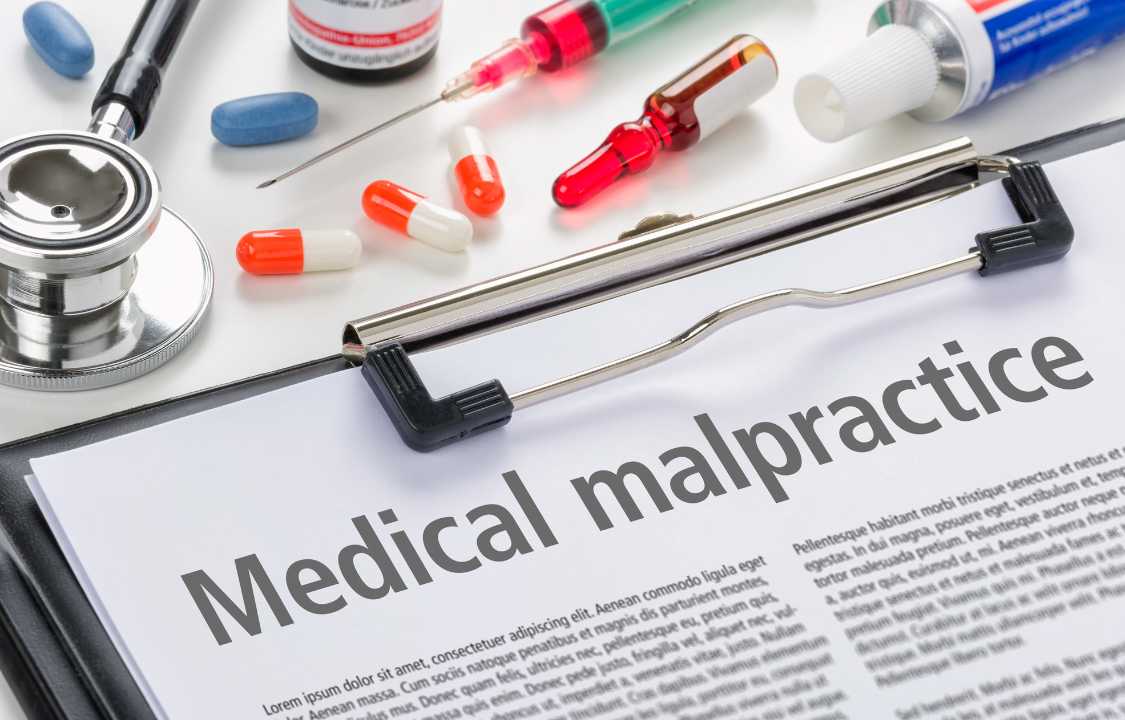Medical Care
How to Prove Medical Malpractice?
Medical malpractice is a grievous situation that unfolds when a healthcare professional, such as a doctor or medical practitioner, exhibits negligence in the course of their duties, ultimately causing harm or injury to a patient under their care. This complex and oftentimes emotionally charged scenario calls for a meticulous process of legal assessment and validation to seek compensation for the aggrieved party.
Medical malpractice cases are inherently intricate, significantly more convoluted than most other personal injury claims. To build a formidable case for medical malpractice, a patient who has suffered injury due to medical care must prove three pivotal elements that are the cornerstone of their case. Let’s delve deeper into these components that constitute the essence of medical malpractice cases.
1. Violation of the Standard of Care: The Onus of Responsibility
Medical professionals, by virtue of their practice, bear a fundamental duty of care towards their patients. This mandate of care necessitates that healthcare providers treat patients with prudence, taking into account the specific circumstances of each case. It further mandates that they leverage their professional expertise and judgment to provide competent medical care and guidance. A core facet of proving medical malpractice is demonstrating the breach of this duty of care.
Establishing the violation of the standard of care is the foundational pillar of a medical malpractice case. It requires showing that the medical professional, in question, failed to adhere to the accepted standard of care in the medical community. It’s a significant hurdle, as it demands a comprehensive understanding of medical protocols and practices, as well as the ability to showcase how the standard of care was not met in the specific case.
In essence, to substantiate medical negligence, the patient must provide evidence that the healthcare provider did not meet the professional standards that are reasonably expected in the medical community. This involves a meticulous review of the medical records, expert medical opinions, and a deep understanding of the nuances of the patient’s case.
2. Proving Causation: The Critical Linkage
Once the violation of the standard of care is established, the next critical element to prove is causation. In essence, the patient must demonstrate that the breach of the standard of care was a factual cause of the injuries sustained. This is often referred to as establishing causation.
Proving causation requires a clear and unambiguous connection between the medical professional’s negligence and the resulting harm or injury. In straightforward cases, where the malpractice is directly tied to a specific injury, causation can be relatively simpler to prove. However, in cases where the alleged malpractice pertains to a failure to diagnose or treat a condition promptly, the causation link may not be as apparent.
Here, the challenge lies in proving that the malpractice, though it might not have directly caused the injury, significantly increased the risk of harm to the patient. For instance, in a case involving a delay in diagnosing and treating cancer, the patient can argue that the malpractice increased the risk of mortality or a lack of full recovery. Expert medical testimony and a comprehensive understanding of the patient’s medical history often play a pivotal role in establishing causation.
3. The Complexity of Damages: Calculating the Real Costs
The third key element in a medical malpractice case is the assessment of damages. These damages encompass a wide spectrum of financial and non-financial losses that the patient has suffered due to the malpractice. Recoverable damages can include past and future medical expenses, lost wages and diminished earning capacity, past and future pain and suffering, as well as compensation for disfigurement or permanent disability.
However, the complexity arises when patients face challenges in accurately predicting the long-term implications of their injuries. Sometimes, settlements may not adequately cover their future demands if the severity of the injury’s effects is not adequately assessed. Hence, obtaining legal counsel becomes imperative for ensuring that the compensation sought is commensurate with the extent of the harm endured.
In Pennsylvania, specific provisions require patients filing a medical malpractice claim to obtain a Certificate of Merit from a qualified expert witness. This certificate serves as a professional endorsement of the case’s merits, confirming that there is substantial evidence to demonstrate that the medical professional’s treatment fell below the required standard and directly contributed to the patient’s injury.
In summary, the world of medical malpractice cases is characterized by its multifaceted and complex nature, requiring a careful and detail-oriented approach. These legal undertakings demand a combination of factors, including meticulous documentation, a deep and comprehensive understanding of medical intricacies, and, more often than not, the expert guidance of seasoned legal professionals. Navigating this intricate landscape successfully and standing a strong chance of proving medical malpractice and ultimately securing rightful compensation is a formidable challenge, one that cannot be undertaken lightly.
It is vital to acknowledge that medical malpractice cases are not solo endeavors; they require a team effort. The involvement of a qualified medical malpractice attorney is not just recommended but indispensable. These legal experts bring a wealth of experience and expertise to the table, allowing aggrieved patients to assert their rights and pursue justice when they have been victims of medical negligence.
The intricate nature of these cases and the high stakes involved make the role of a skilled attorney paramount. They can interpret medical records, gather compelling evidence, and construct persuasive arguments, all while ensuring that the legal process is followed correctly. Through the assistance of these legal professionals, individuals can find the support they need to navigate the often overwhelming complexities of medical malpractice cases and move towards achieving the justice and compensation they rightfully deserve. In doing so, they can contribute to improving the quality of healthcare and patient safety, reinforcing the importance of accountability and ethical standards within the medical profession.

